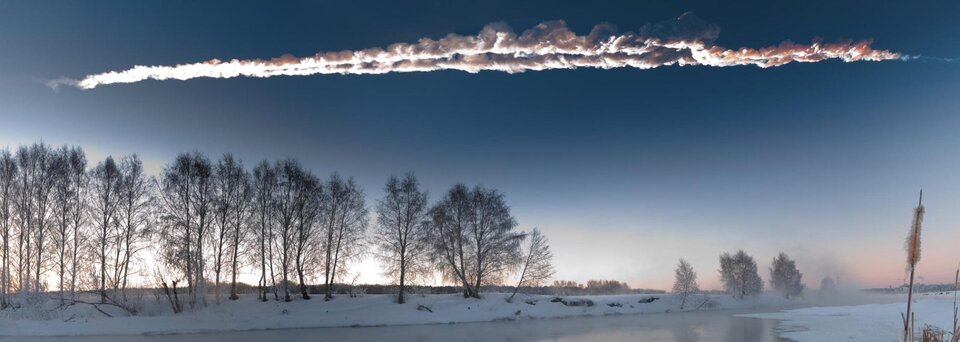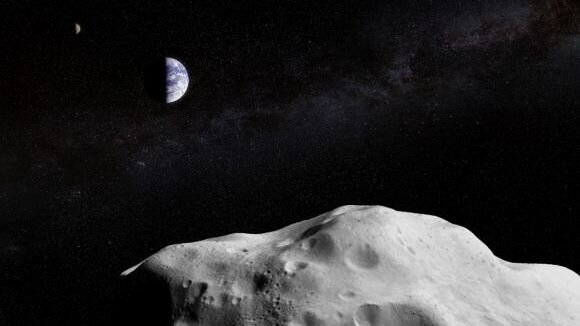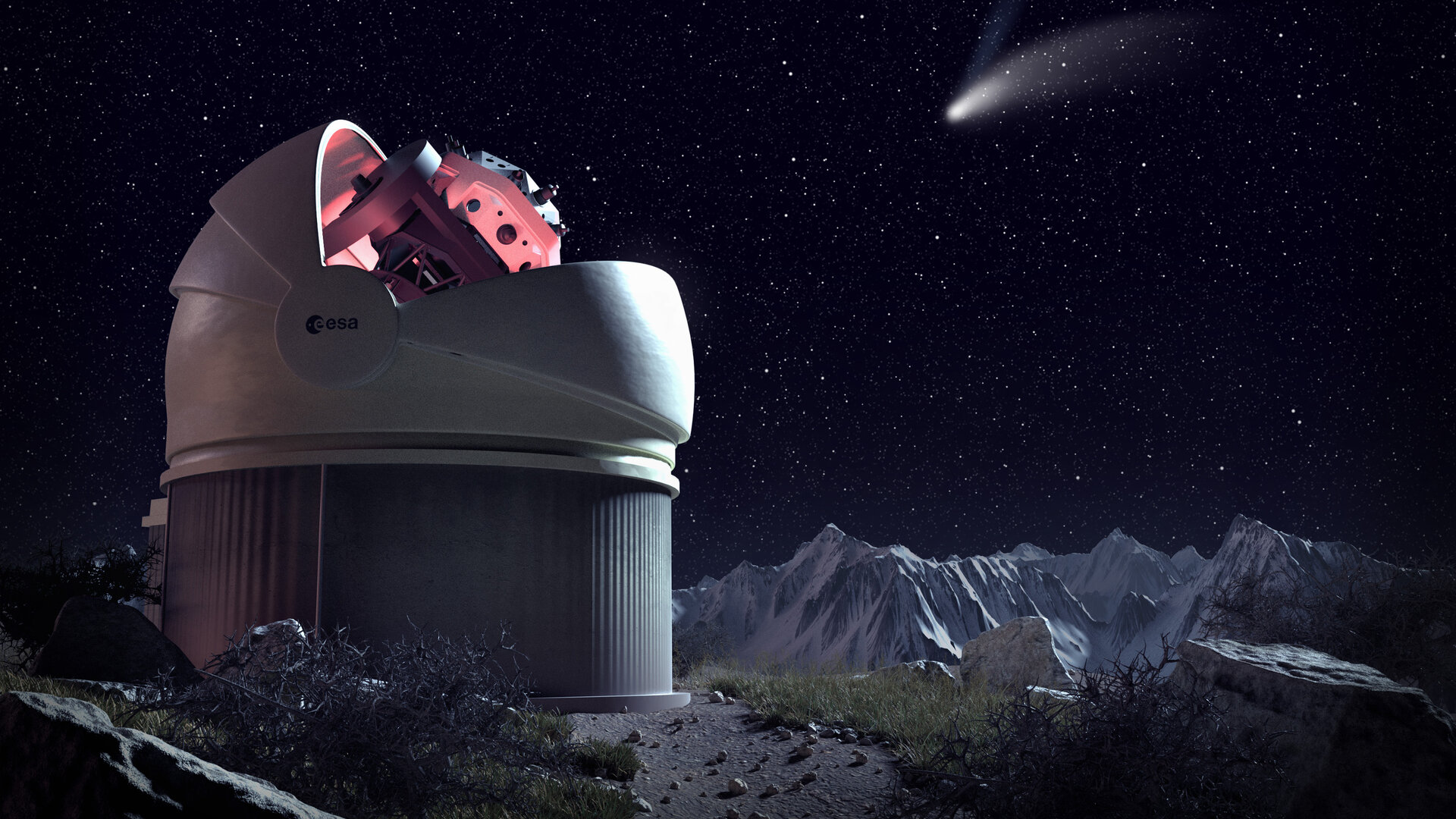ESA marks #Asteroid Day
The United Nations has declared 30 June to be International Asteroid Day, and ESA is joining other space agencies, astronauts, scientists and even rock stars for a 24-hour global telethon.
To mark this year’s Asteroid Day, ESA will take part in a unique, round-the-clock telethon that will be broadcast worldwide from Luxembourg, as well as live on the internet, highlighting the threat from asteroids and other ‘near-Earth objects’ that pose an impact risk.
Hazardous space rocks
In December 2016, the United Nations proclaimed the last day in June as International Asteroid Day to raise public awareness about asteroid impact hazards. This date, 30 June, marks the anniversary of the largest-ever, in modern times, atmospheric entry of a meteoroid (thought to be a comet or small asteroid), which exploded over the Tunguska region of Siberia in 1908. With an estimated size of over 40 m, it devastated an uninhabited area the size of a major metropolitan city.
Detritus in our Solar System such as asteroids and other near-Earth objects – basically, anything whose orbit brings it close to Earth – impact Earth every day. Most of them are little more than small particles of dust and they burn up harmlessly in the atmosphere (have you ever seen a shooting star?).
However, larger ones, such as Tunguska – or the 20 m diameter object that exploded high over Chelyabinsk, Russia, on 15 February 2013, with 20–30 times the energy of the Hiroshima atomic bomb – can threaten human health and property.
“When Tunguska occurred 109 years ago, humanity was not ready to predict such events,” says Rüdiger Jehn, Co-Manager for NEO activities in ESA’s Space Situational Awareness (SSA) programme.
Visiting asteroids

While the search, orbit determination, prediction and confirmation of threatening NEOs comprise part of the SSA programme, ESA also sees asteroids as rich sources for science: remnants of the dawn of our Solar System.
The Agency’s first asteroid flyby was performed a hundred years on from the Tunguska airburst when comet-chaser Rosetta imaged asteroid Šteins in 2008, followed by a flypast of asteroid Lutetia two years later.
The Agency has been planning future asteroid missions – most recently with the Asteroid Impact Mission, which has been revised into a smaller asteroid scouting mission and is now under study.
Live on Asteroid Day


Access the video
On 30 June, speakers from ESA will join astrophysicists, astronomers and asteroid experts, including British physicist Prof. Brian Cox, French ESA astronaut and former Head of the European Astronaut Centre Michel Tognini, and specialists at a number of research centres as well as NASA and JAXA, in a 24-hour, live and pre-recorded telethon from Luxembourg starting at 03:00 CEST (full speaker details via the Asteroid Day website).
In the Luxembourg studio, Ian Carnelli, manager of ESA's General Studies Programme who is investigating asteroid mission concepts, will join an expert panel, while a full 90-minute segment of the day-long telethon will be produced from ESA’s ESOC mission control centre in Darmstadt, Germany.
Watch online

In the ESOC segment, 10:30-12:00 CEST, ESA’s NEO experts will host a series of presentations in front of a live audience, including ‘Armageddon the movie: separating fact from fiction’, followed by discussions on the need for timely and accurate NEO information.
Watch the 24-hour Asteroid Day webcast live via https://asteroidday.org/live on 30 June, starting at 03:00 CEST.
In Twitter, follow the #AsteroidDay hashtag, or access the Asteroid Day Facebook page.


